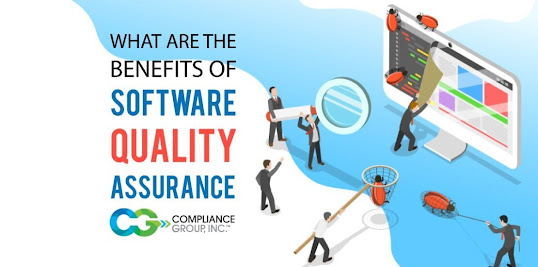Change Control | How to Manage a Change Management Process?
What is Change Management? Change management is when an organization creates a step-by-step protocol to manage and implement modifications to products and processes. A change management plan is a protocol that implements and executes the change management processes in an organization to embrace and encounter changes in the workflows as defined. For example, any change in the existing product feature, new product implementation, process deviation, procedural update, or controlled documents requires a change management process. In a medical device company, changes are equipment modifications related to device design control methods, techniques, formulations, procedures, labeling, or associated documentation at an operational and manufacturing level. The required documents related to the change in supplier should be in place if there is a change in supplier or raw materials used. A change will lead to severe consequences if not handled properly. Changes can be permanent or temporary, se

